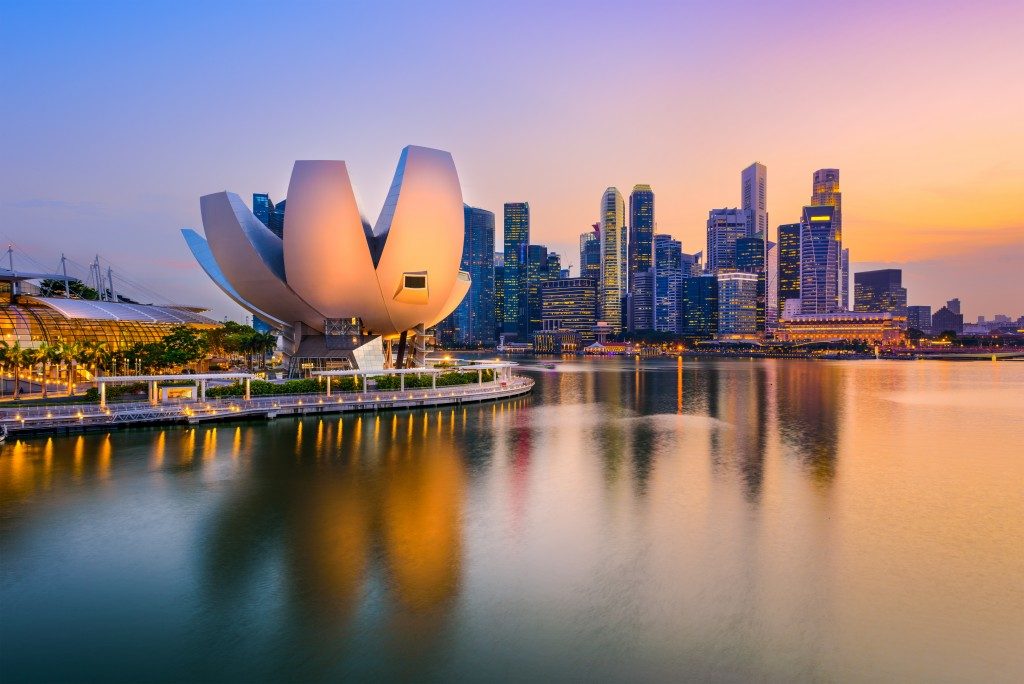Asia is the largest continent on Earth, shaped by a diverse and vibrant culture. Next to Europe, it is one of the favorite travel destinations among tourists. Exploring the ancient temples of Cambodia or the natural wonders of China will give visitors a sneak peek of their history. Discovering these hidden wonders are worth anyone’s time.
If you’re planning to visit Asia, here is a list of popular travel places and how they changed over time:
Haw Par Villa – “Macabre Fantasy Park” in Singapore
Often called Singapore’s “Macabre Fantasy Park,” Tiger Balm’s founder built the park as an open-air art gallery to showcase various scenes from various Chinese folklore characters. With over a thousand statues, it also features the “Ten Courts of Hell” based on Buddhist teachings and mythology. These oddities, both ornate and macabre, have picked the interest of many travelers and is considered as a favorite by many. Also, there are various food places for tourists who want to eat at a brunch cafe in Singapore.
Today, the park is being managed by a company specializing in heritage conservation, which aims to continue the Haw Family’s legacy and preserve national heritage. Haw Par Villa is accessible via the Haw Par Villa Station CC25 (Circle Line) or by bus (Stops: 16019, 16011, or 16229).
Hội An – Vietnam’s “Oldest Harbour Town”
Vietnam’s rich history can be found in the sleepy harbor town of Hội An. Declared as a World Heritage site by UNESCO, it was a busy shipping port which catered to Indian, Dutch, Japanese and Chinese traders between the 15th and 19th century. Although trading was transferred to Da Nang in the late 19th century, Hội An preserved its inter-cultural architecture, which can still be seen today. Tourists will enjoy visiting its museums such as the Museum of Say Huynh and the Museum of Ceramic Trades. Vehicles aren’t allowed, and walking or biking is recommended. Hội An is also an entry point to An Hội islands and the mighty Bo River. These natural wonders can be accessed by boat.
Hội An is a reflection of Vietnam’s colorful past and how history could be preserved for the next generation.
Angkor Wat – “Cambodia’s Heart and Soul”
 King Suryavarman II of the Khmer Empire built the temples of Angkor Wat to pay homage to the Hindu god Vishnu. Made in the 9th century, its construction and architectural designs were unprecedented. Its 500-acre layout was patterned after Hindu cosmology with its walls and moats representing the cosmic ocean and mountain chains. Angkor Wat is one of the largest ancient cities which cradled spiritualism and secularism.
King Suryavarman II of the Khmer Empire built the temples of Angkor Wat to pay homage to the Hindu god Vishnu. Made in the 9th century, its construction and architectural designs were unprecedented. Its 500-acre layout was patterned after Hindu cosmology with its walls and moats representing the cosmic ocean and mountain chains. Angkor Wat is one of the largest ancient cities which cradled spiritualism and secularism.
Today, Angkor Wat is listed as a World Heritage site. However, its temples are still under threat from theft, pillaging, fungi, plant overgrowth, and ground movement. Countries such as China, Japan, and France worked with the Cambodian government to help save it from ruin. UNESCO is continuing its efforts to maintain Angkor Wat’s cultural significance while giving tourists access to its historic temples.
Red Beach – China’s “Red Sea Beach”
China is known for its historic Forbidden Temple and Great Wall. However, most people aren’t aware of its unique natural wonder – Panjin’s “Red Sea Beach.” Located in the Liaohe River’s delta region, it’s part of the Panjin Wetlands, which is home to the endangered Red-crowned Crane. It gets its red color from the Sueda, a specie of grass that thrives in soil with high alkaline. This weed turns bright red during the autumn season, creating a crimson carpet for tourists to enjoy.
Since the Panjin Red Beach was declared as a “National Nature Reserve” in 1988, only a small portion is open to tourists. September and October are the best months to visit the Red Sea Beach to view its flora, fauna, and bright red color.
Kamakura Daibutsu – Japan’s “Great Buddha”
Also known as, “Amida Buddha,” the Daibutsu in Kamakura is Japan’s second-largest monumental Buddha. Cast by the followers of Pure Land Buddhism in the 12th century, it was initially enshrined inside a wooden temple. However, a powerful tsunami hit the shores of Kamakura, destroying the temple. Since then, the 13-meter bronze Buddha was exposed to the elements. The Daibutsu’s serene meditation pose coupled with the wooded hills as its backdrop is a spectacular sight.
Kamakura Daibutsu suffered neglect for two centuries. Thanks to the efforts of a monk named Yūten, the bronze statue was restored to its former glory in 1712. However, the Great Kanto Earthquake in 1923 damaged the statue’s base. Reinforcements were added to the Daibutsu’s base and neck to protect it from future natural disasters. It’s still a popular tourist destination today.
Asia is a mixture of human-made marvels and natural wonders. It offers an unforgettable experience that feeds both your mind and soul. Add these Asian destinations to your travel bucket list.

